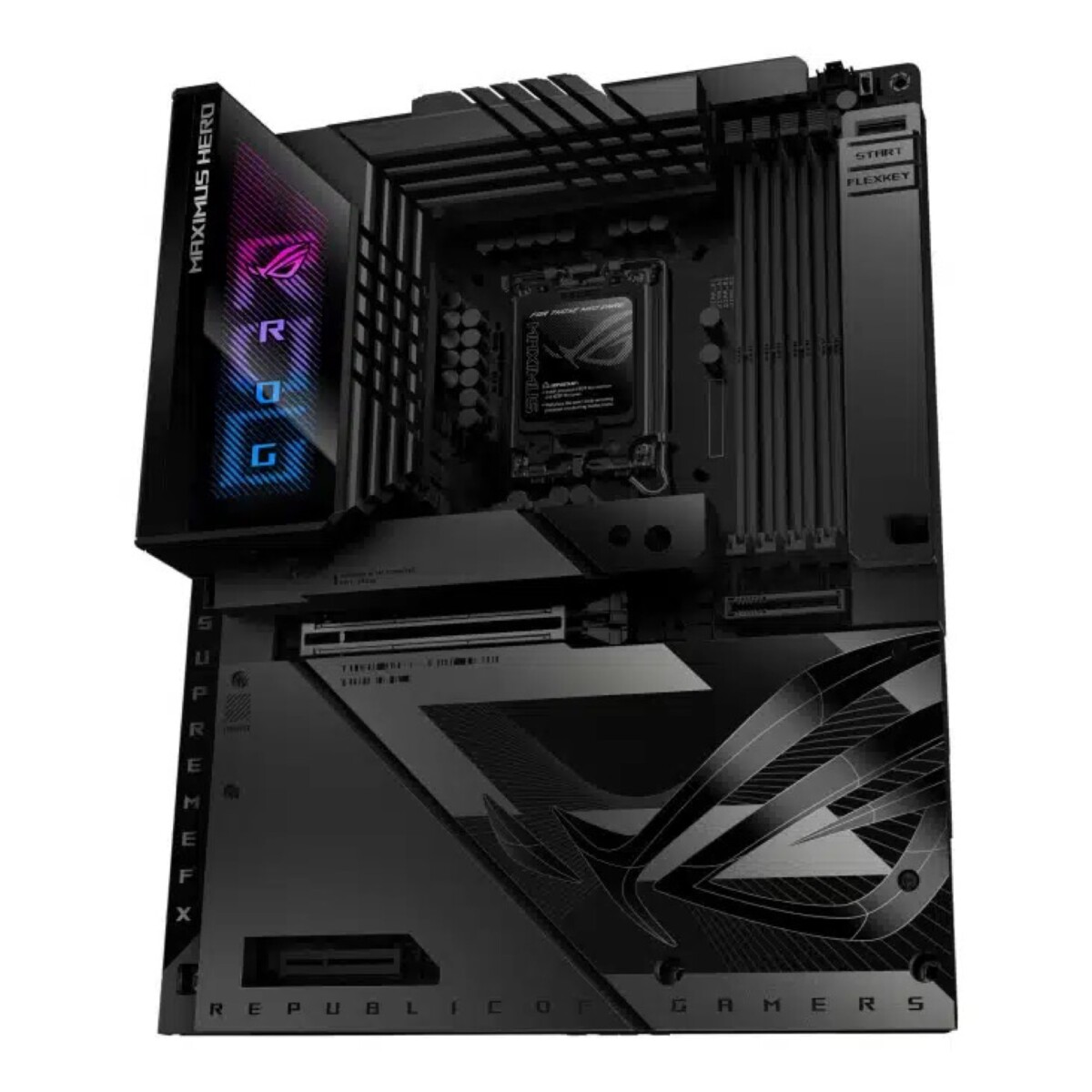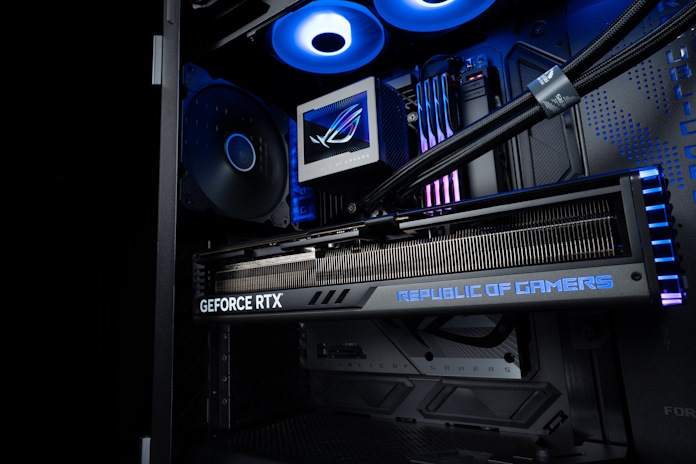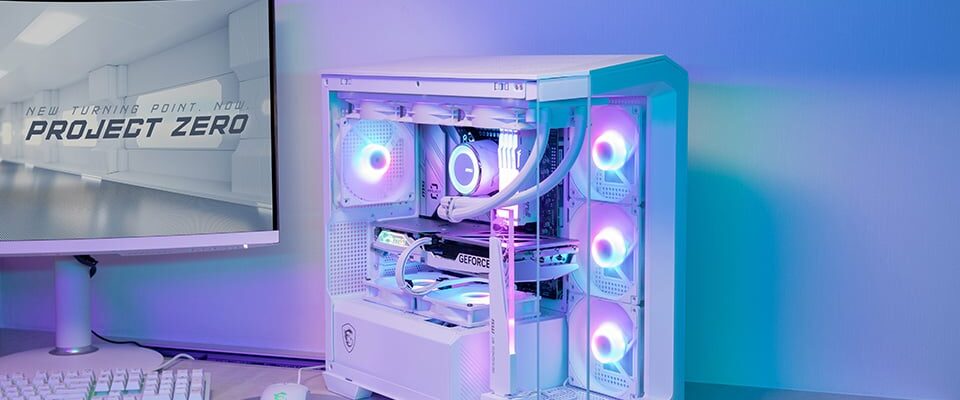Cases with large windows aren’t just there for show; they serve a functional purpose by highlighting carefully chosen components and illuminated with RGB, or not. Motherboard manufacturers, including MSI and Asus, have understood this: they have just profoundly modified the design of their products.
In PC assembly, the current trend leans towards setups which are a real eye-catcher. We are seeing more and more cases with large glass surfaces, allowing us to see the interior. Depending on individual tastes, you can find shielded RGB components, or on the contrary, more sober setups, or even a mix of the two. There are also those who put LCD screens, and we won’t judge.
But what these boxes have in common is their design focused onairflow, that is, air circulation to keep key components like the CPU and graphics card cool. These newer cases are designed with open front and back faces to accommodate fans anywhere, including the top and bottom. On the cabling side, everything is done so that it doesn’t lie everywhere. Cables are often stashed at the back or in the bottom area near the power supply.
Almost invisible connectors
Motherboard and case manufacturers are having to rack their brains to keep up. They started to integrate connectors that we hardly see, hidden behind the motherboard PCB. The idea is to reduce the mess of cables to plug in and hide afterwards (USB, SATA, ARGB, and others).

For CES 2024, there have been announcements in this direction. Asus has launched the ROG Maximus Z790 HERO BTF, dubbed “Back To (the) Future“. MSI, for its part, unveiled the Project Zero, with a special case to go with it, in AMD (B760M Project Zero) and Intel (Z790 Project Zero) versions.

Besides, Asus ROG has gone far, the graphics card does not even have classic power connectors. Indeed, this is done via the base of the PCB.

Large windows not just for show, but also for airflow
Finally, cases with large windows are not just there for show: they also serve a functional purpose by showcasing carefully chosen components and illuminated with RGB, or not, depending on individual preferences.
The crucial point of these modern designs lies in their ability to optimize theairflow, ensuring that essential components such as the CPU and graphics card remain cool even under high load. And, it is a safe bet that this trend will spread to the entire market.
